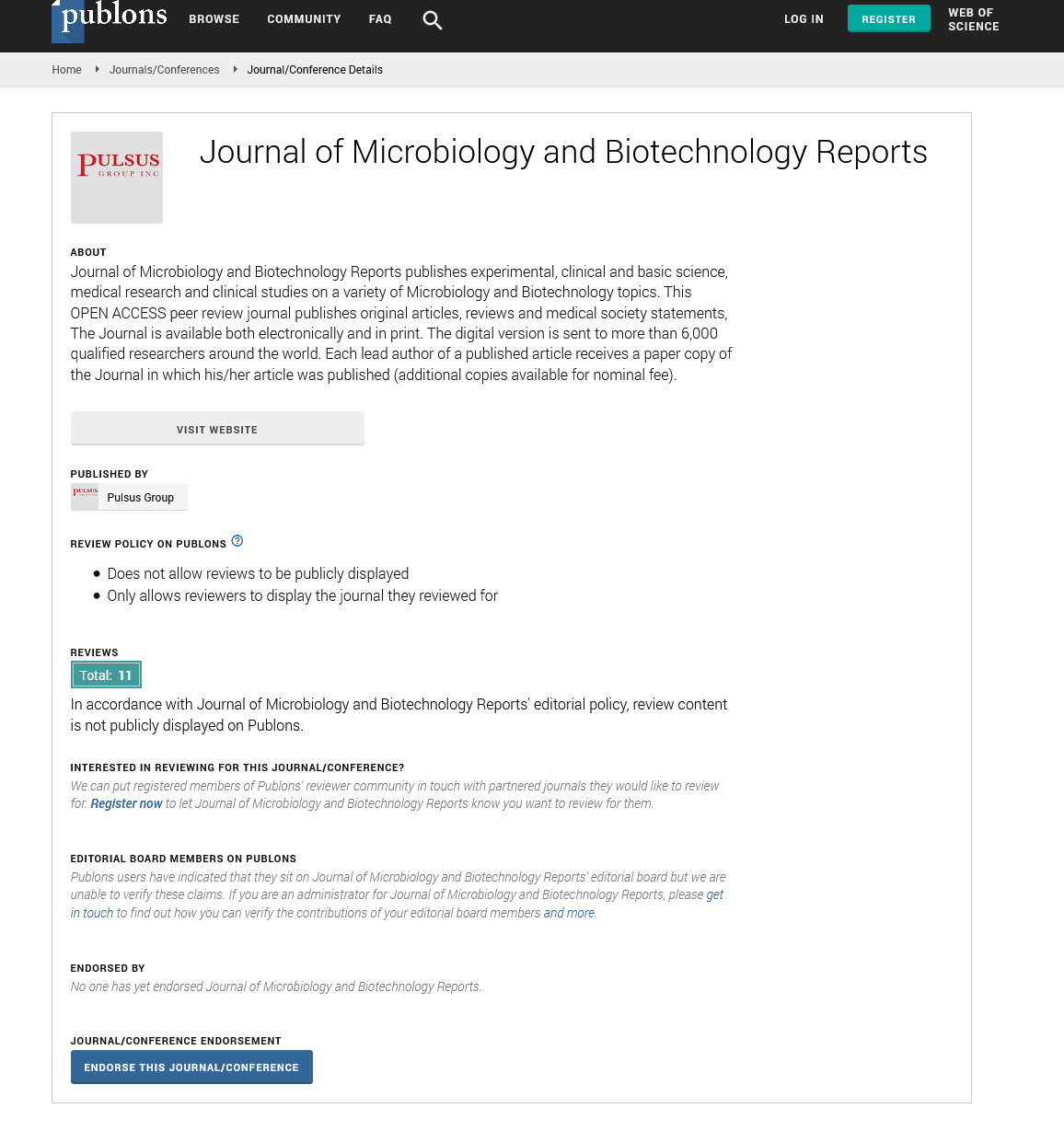Based on systems pharmacology, investigate the molecular mechanism of Aster tataricus L. f. in the treatment of radiation pneumonitis
Received: 13-Dec-2022, Manuscript No. PULJMBR-22-5883; Editor assigned: 15-Dec-2022, Pre QC No. PULJMBR-22-5883 (PQ); Reviewed: 29-Dec-2022 QC No. PULJMBR-22-5883; Revised: 20-Mar-2023, Manuscript No. PULJMBR-22-5883 (R); Published: 28-Mar-2023
Citation: Smith J. Based on systems pharmacology, investigate the molecular mechanism of Aster tataricus L. f. in the treatment of radiation pneumonitis. J Mic Bio Rep 2023;6(3):46.
This open-access article is distributed under the terms of the Creative Commons Attribution Non-Commercial License (CC BY-NC) (http://creativecommons.org/licenses/by-nc/4.0/), which permits reuse, distribution and reproduction of the article, provided that the original work is properly cited and the reuse is restricted to noncommercial purposes. For commercial reuse, contact reprints@pulsus.com
Introduction
On the Qinghai-Tibet Plateau, the genus Aster is an important part of the ecosystem. Phylogenetic analyses were performed on 94 Astereae accessions (including 25 taxa from the Qinghai-Tibet Plateau) using nrDNA ITS and cpDNA trnL-F sequences. The network topology diagram, the divergence time graph, the biogeography map, and the figure of ancestral state reconstruction were then constructed based on the phylogenetic analysis results of the Bayesian method.
Description
The Qinghai-Tibet Plateau is the world's highest plateau, and its brief formative period since the Pliocene has had a significant impact on the structure and evolutionary history of its flora. Furthermore, the quaternary ice sheet covered almost the entire Qinghai-Tibet Plateau, resulting in a massive decline and extinction of biota, despite the fact that the Plateau's plant resources remain very rich. Wulff hypothesised that the plant resources now found on the Qinghai-Tibet Plateau originated or migrated from nearby areas. Meanwhile, the majority of plant resources in the Plateau is found in East Asia and belongs to the temperate northern hemisphere group, with only a few occurring in central Asia and the Mediterranean region surrounding the plateau. As a result, it was hypothesised that the endemic plateau genera were closely related to and evolved from locally or adjacently distributed genera. However, for some endemic species, particularly some endemic genera, there are significant disagreements on the morphological identification of their close relatives, leading to confusion in research and resource application, as well as difficulties in selecting and breeding superior species. This has undoubtedly limited the conservation, evaluation, and utilisation of Tibetan plateau plant resources. As a result, morphological trait evolution, geographic origin analysis, divergence time estimation, and phylogenetic analysis of plant resources on the Qinghai- Tibet plateau are all critical. Aster sensu lato (s. l.) is the largest genus in the Asteraceae tribe Astereae, with 180-1000 species primarily found in the northern hemisphere, including Eurasia and North America. However, the classification of the A. genus has been a source of contention. The genus Aster sensu stricto (s. s.) has shown a high degree of convergent adaptation to the evolutionary processes of its relatives, resulting in great morphological similarity. Many of these scholars, as represented by Nesom, have misclassified many morphologically similar but distantly related species into the genus Aster, complicating the study of the group's phylogenetic and taxonomy. Furthermore, studies on the geographic origins of the genus Aster have been scarce, and it has been hypothesised that the Astereae of Asteraceae now found on the Qinghai-Tibet Plateau migrated or originated from adjacent areas, but this has not been supported by convincing data. The time of Aster's divergence is still debated, with the oldest Asteraceae fossils discovered before 2015 coming from the middle Eocene of Patagonia. As a result, it has been proposed that the subfamily Barnadesioideae of southern South America is the root of the Asteraceae phylogeny and that Patagonia is the ancestor region of the Asteraceae. However, many fossil Asteraceae specimens discovered in Antarctica date back to 76 66 million years ago, implying that the family may have originated in Antarctica and that the time of divergence may have been earlier. The habitats of some Aster genus species (e.g., Aster souliei) distributed in the Qinghai-Tibet Plateau region are shrinking due to an unprecedented increase in commercial activities, severely limiting the development and utilisation of Tibetan medicine and threatening the Plateau's ecological balance. As a result, studies on the genus Aster are urgently needed to carry out phylogenetic analyses, biogeographic analyses, divergence time estimation, and ancestral state reconstruction, which will not only help to understand the phylogenetic status and morphological evolutionary history of the tribe Astereae, but will also provide a scientific basis for further conservation of its resources.
Conclusion
Clustering analysis based on nuclear gene fragments revealed that Aster species from the Qinghai-Tibet plateau, with the exception of Aster albescens and Erigeron species, clustered on two branches. Most Aster species are allopolyploid, and it is assumed that Aster species from the Qinghai-Tibet plateau diverged during polyploidization or that different genes are involved in the formation of their species. This resulted in significant variation among their species, with species clustered in two branches being more distantly related to one another.





